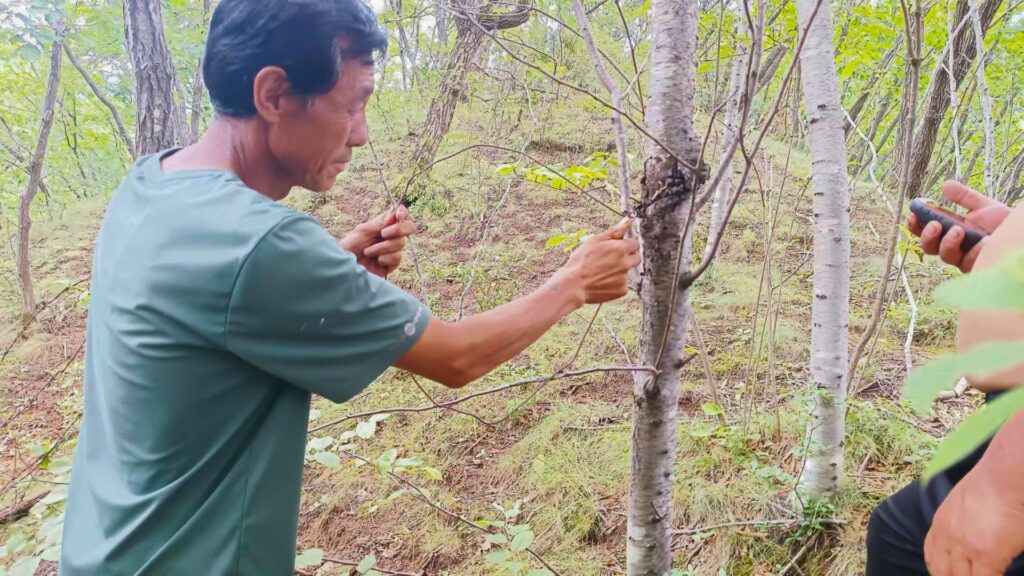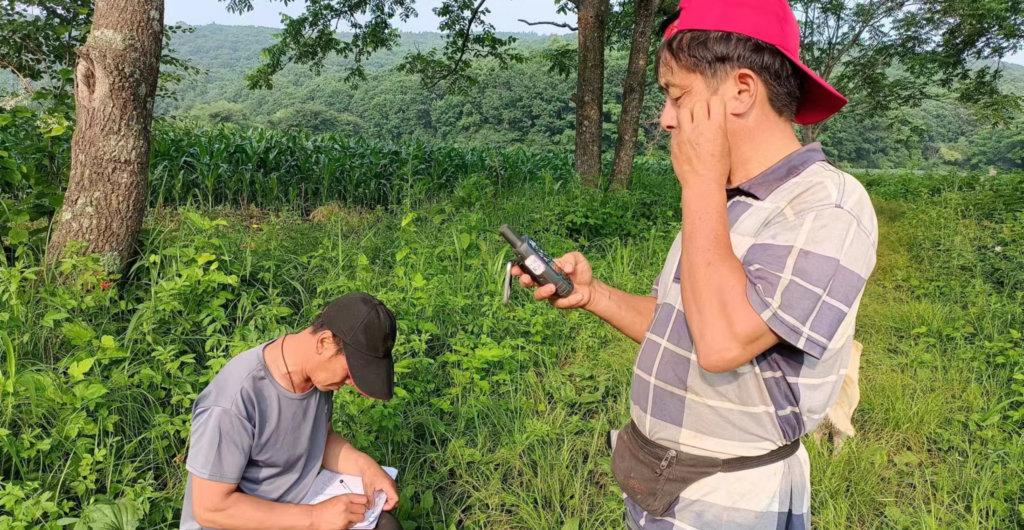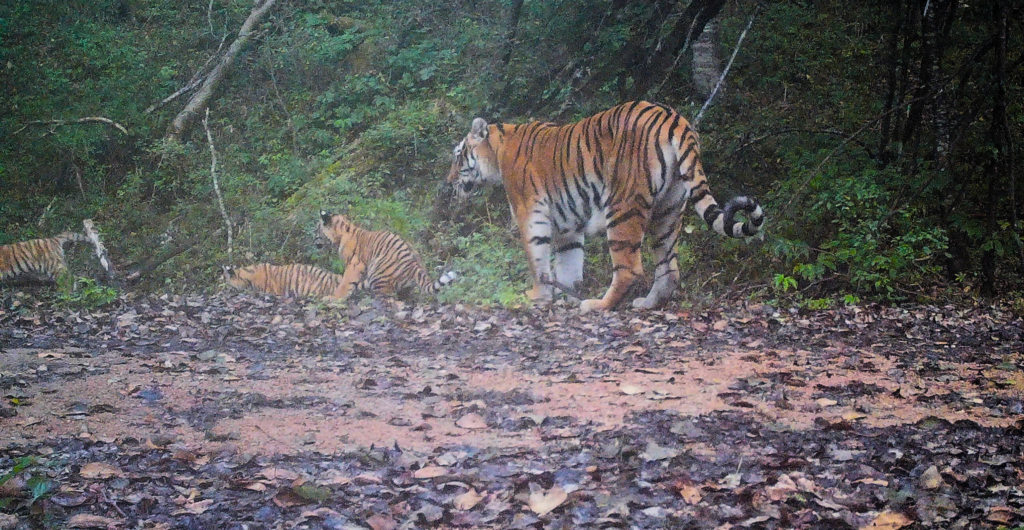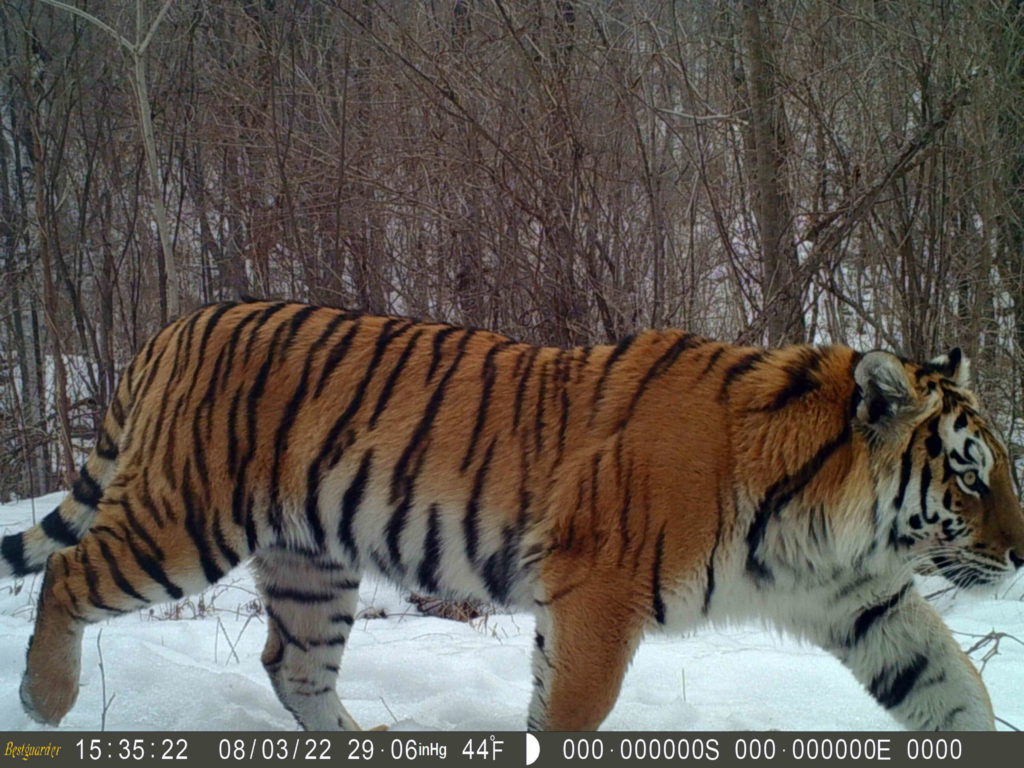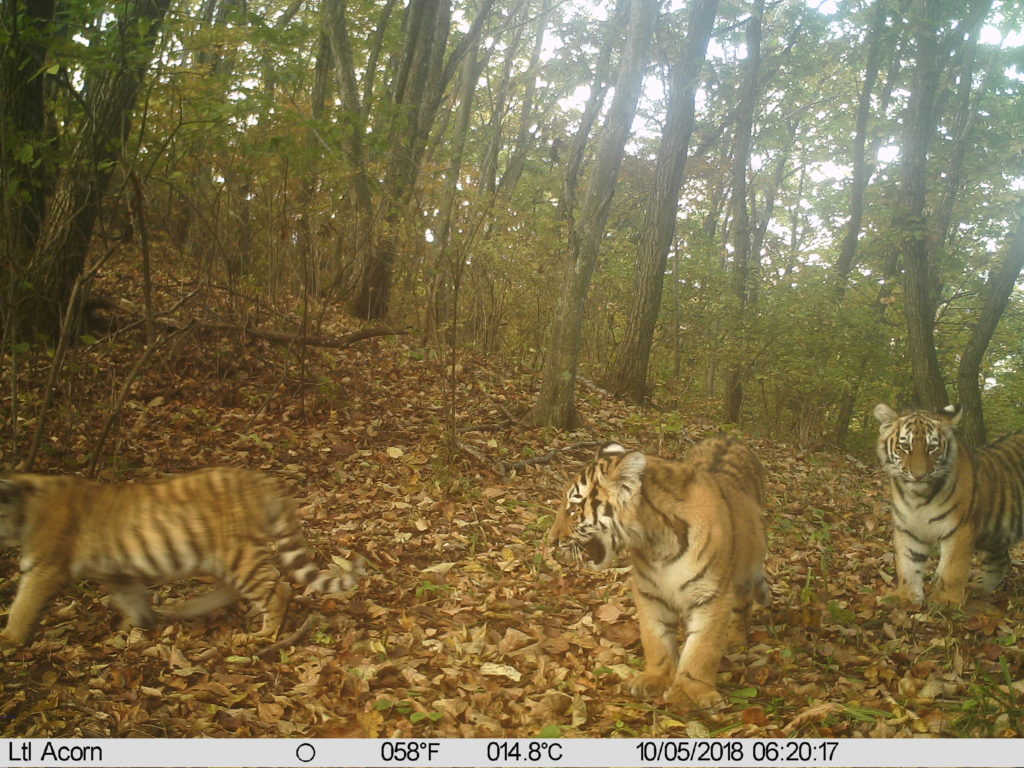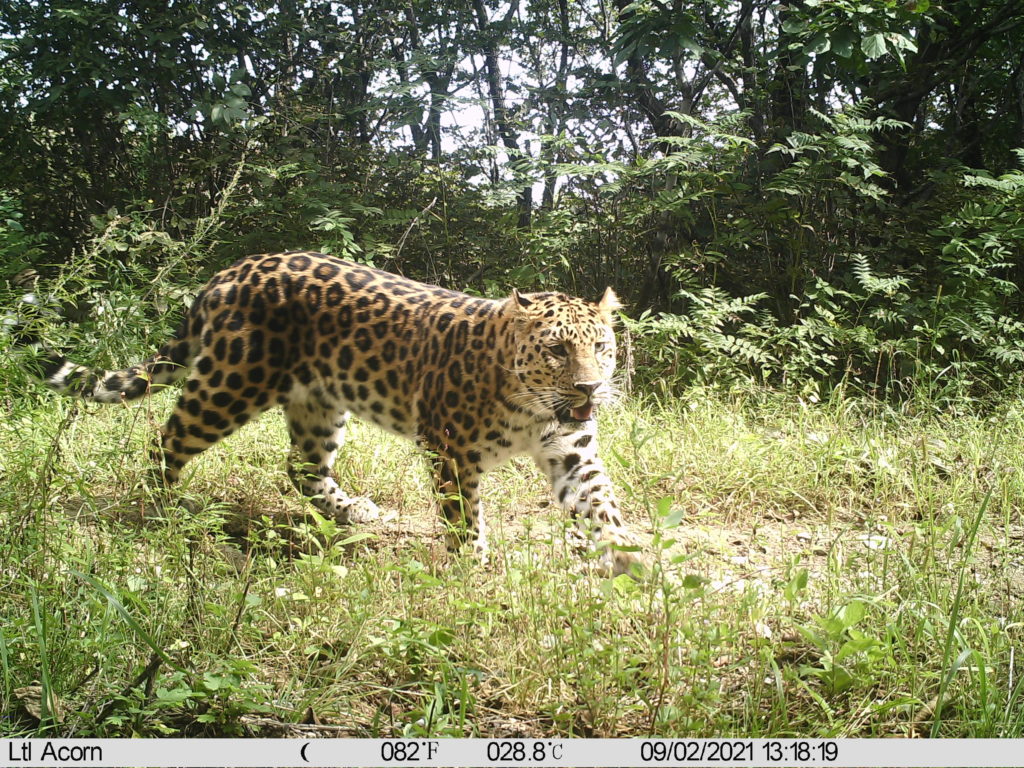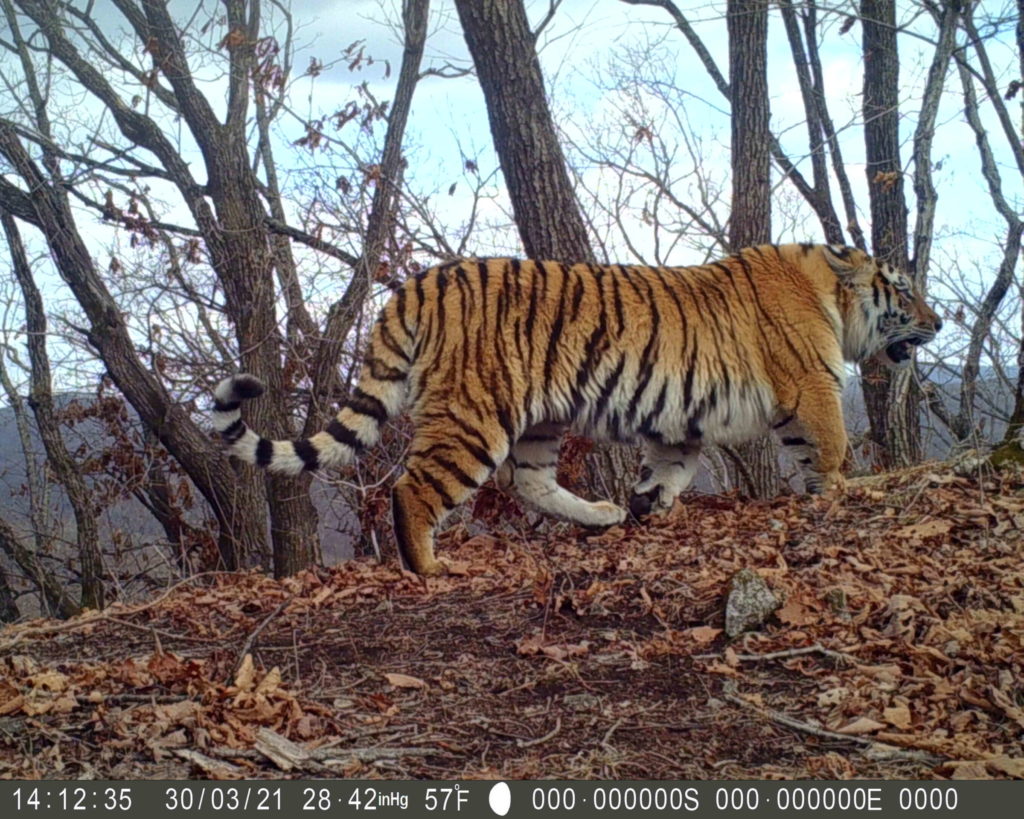Wildlife Conservation Society- China Program (WCS China).
Project Name: Monitoring Amur Tiger and Leopard Populations in Northeast China
Location: Hunchun Nature Reserve (HNR) and adjacent lands, Jilin Province, China
Goal: WCS China will continue its monitoring program of Amur leopards and tigers in and adjacent to HNR in collaboration with reserve management and other relevant authorities. They monitor population numbers via camera traps and study behaviour patterns of big cats via snow tracking.
Objective 1: Continue (and expand) camera trap monitoring of Amur leopards and tigers in and around HNR
Background: WCS has been working in northeast China since 1998, where in collaboration with partners they have been progressing Amur leopard and tiger conservation in the region. They continue to play an important role there. Joint wildlife surveys by WCS and local forestry teams were instrumental in the creation of Hunchun Nature Reserve (HNR) in 2001, without a doubt the most important entry point for tigers and leopards to move from Russia into China. Since the reserve’s creation, WCS has assisted HNR to become a more effective protected area, including assisting with snare removals, patrol strategy (e.g., SMART), tiger and leopard science, and tackling human-tiger conflict. More recently, they have helped the management of the new Tiger and Leopard National Park define conservation and management priorities related to anti-poaching, reserve design, and population monitoring.
The present day represents a pivotal moment for big cat conservation in northeast China. Tigers and leopards continue to disperse from source populations in Russia, with past support from the Amur Leopard and Tiger Alliance (now WildCats Conservation Alliance) allowing WCS to document this increase and the establishment of fledgeling populations in China. The Government of China has warmed to conservation in northeast China during this same period, with massive investments focused on the creation of the 15,000 km2 Tiger and Leopard National Park (TLNP), and a suite of proactive conservation interventions aimed at establishing permanent, sustainable populations of both leopards and tigers here.
But the future of these big cats in northeast China remains uncertain, as much will depend on whether real changes occur in the management regimes of the region. So far, there has been much discussion but no clear direction on how, exactly, the new park management will ensure the needs of villagers living in the park, and provide an environment in which tigers and leopards can thrive.
In order to evaluate the effectiveness of the conservation plans currently being developed, it is essential to have statistically rigorous monitoring systems in place to objectively quantify the responses of tigers, leopards, and their prey to conservation and management interventions. Camera trap monitoring is one such system.
WCS has cooperated with all other interested parties to develop an extensive camera trap monitoring network that covers the eastern half of the newly created national park (including Hunchun and Wanqing Nature Reserves, and the intermediary lands managed by Hunchun County).
The data they have collected and will continue to collect, can inform management practices and serves as a gauge by which they can measure the effectiveness of conservation efforts to return these big cats to northeast China.
WCS experiences in Hunchun Nature Reserve already indicate that some conservation interventions (e.g., snare removal, depredation compensation) are leading to increasing numbers of these cats—including breeding females—found in northeast China in recent years.

![[Photo/Xinhua]](https://conservewildcats.org/wp-content/uploads/sites/5/2024/12/Thank-you-1024x530.png)
